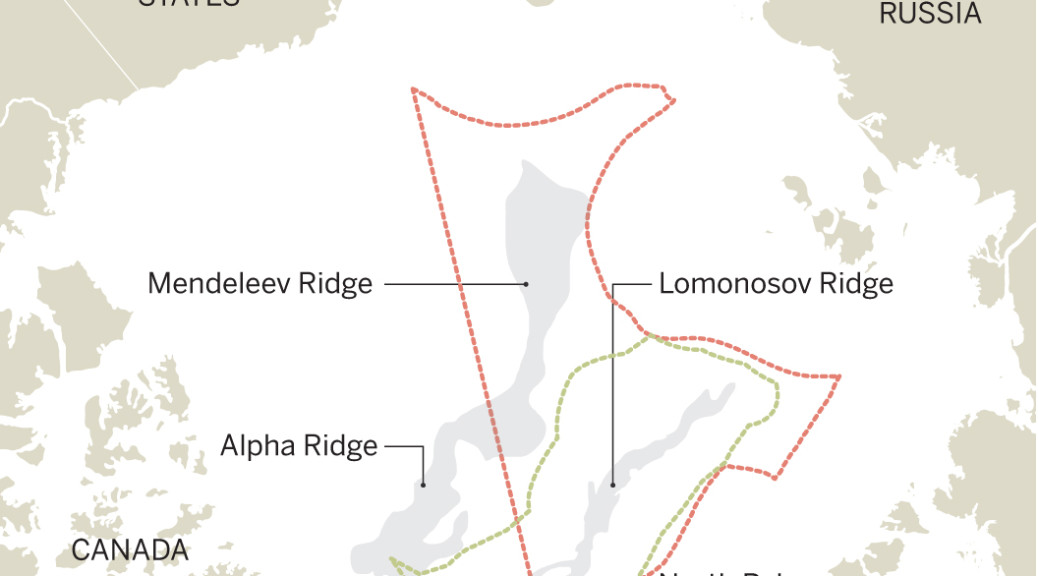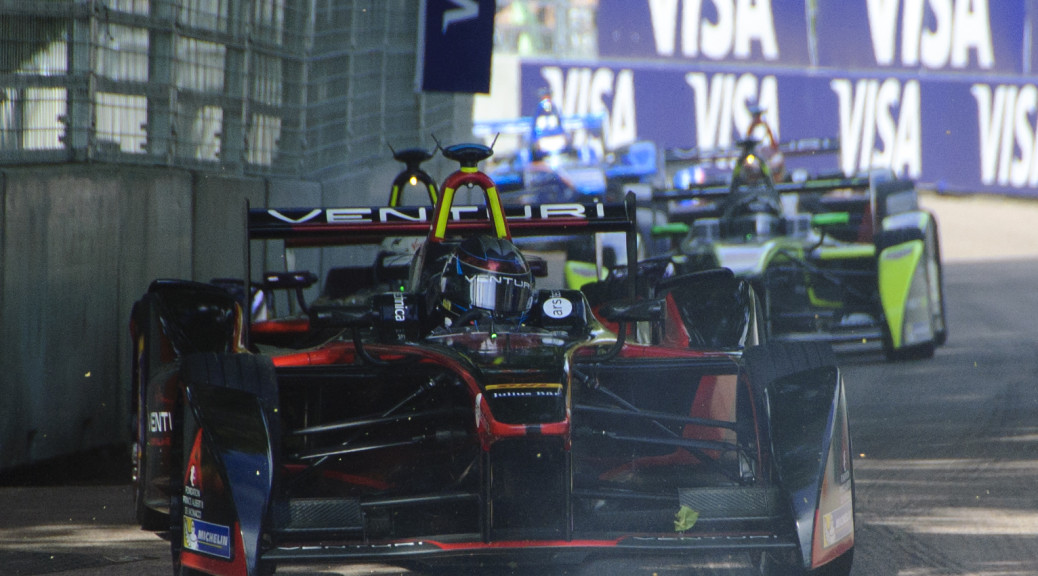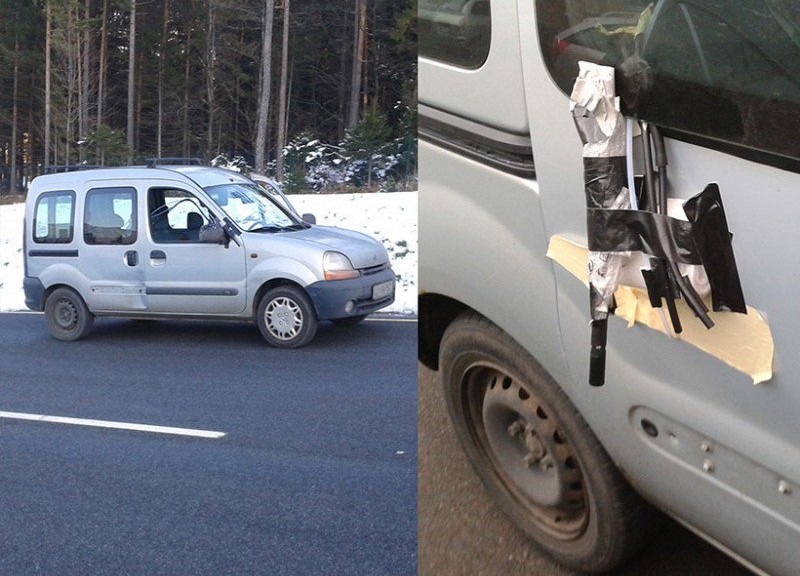Formula E cars emerge from their team garages with a suddenness that seems incongruous. Even on their way to practice laps, the drivers turn their cars sharply from the garages and accelerate in apparent anger along the asphalt leading to the circuit. When the second season of the electric formula-racing series begins in late October, in Beijing, they may be able to drive with even more aggression: Unlike during the competition’s first season, each team can now choose its own power train and will also employ a host of smaller technology tricks learned from last year’s racing. Continue reading A New Formula for Formula E
Category Archives: News
Russian claim heats up battle to control Arctic sea floor
A long-simmering struggle over who owns the Arctic sea floor intensified last week, as Russia submitted an updated territorial claim—together with new seafloor maps and samples to support it. Russia’s claim to an additional 1.2 million square kilometers of seabed near the North Pole sets up a potential clash with other Arctic nations. Denmark has asserted ownership of part of the area claimed by Russia, and Canada is also expected to file an overlapping claim.
The competing submissions represent “a battle of the countries’ ambitions” to control the Arctic, and an effort to capture “the North Pole brand,” says geophysicist Nina Lebedeva-Ivanova of the University of Oslo. And they are sure to fuel technical debates, because the United Nations Convention on the Law of the Sea (UNCLOS), which entered into force in 1994, links territorial claims to the fine points of under sea geology.
Continue reading Russian claim heats up battle to control Arctic sea floor
Formula E Ends First Season Wheel-to-Wheel
Formula E, the electric version of Formula One racing, completed its first season this weekend in London with back-to-back races. NextEV driver Nelson Piquet Jr. came from behind to win the series driver championship and Virgin Racing driver Sam Bird also came from behind to win Sunday’s tight race.
Tailpipe Study: Newer Trucks Emit More Black Carbon
A new pollution study in Europe using a van to chase other vehicles and measure their tailpipe emissions finds that newer, diesel-fueled, heavy trucks and buses emit, on average, 34% more of the health and climate hazard known as black carbon than older vehicles of the same types.
Continue reading Tailpipe Study: Newer Trucks Emit More Black Carbon



